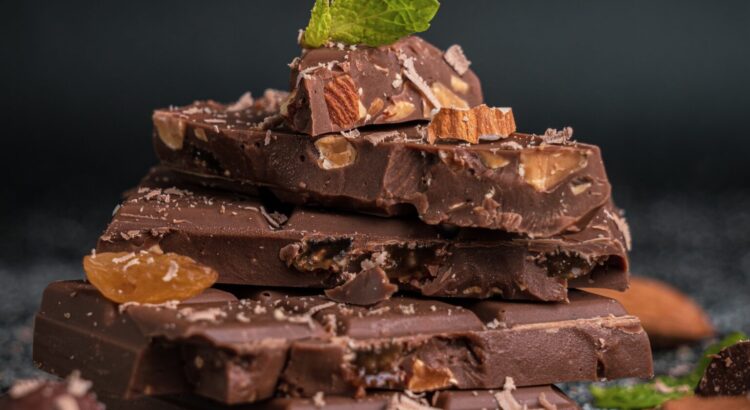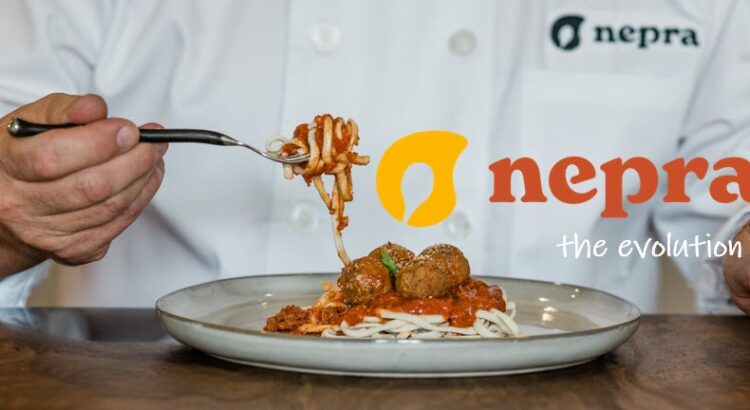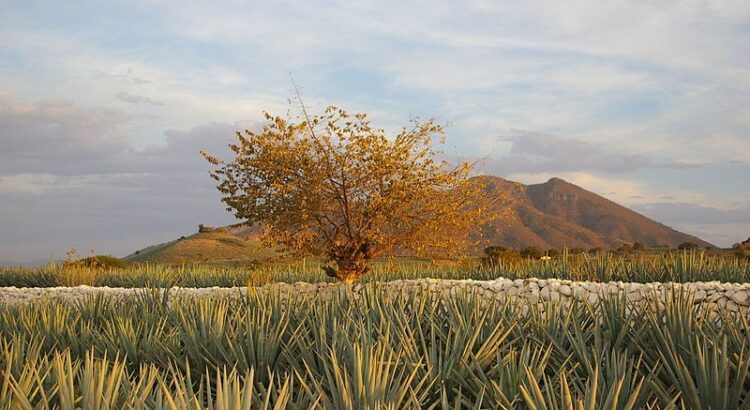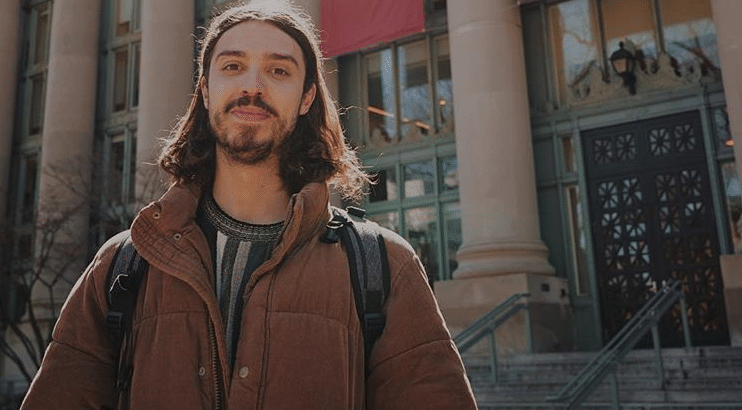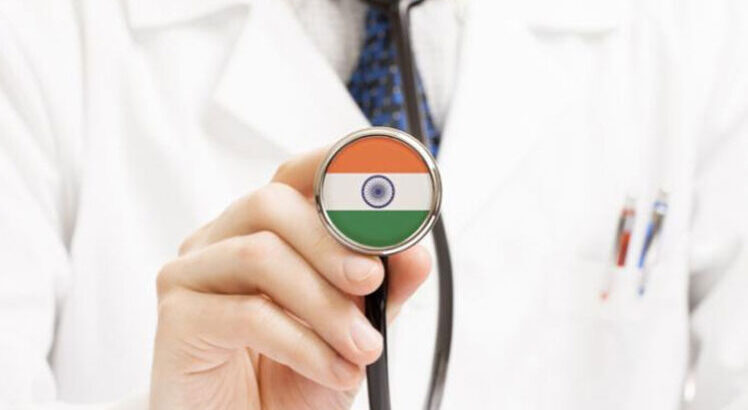A cultural paradise, a foodie’s delight, an adventure junkie’s adrenaline rush, a fashion designer’s inspiration, an artist’s canvas, and a performer’s melody is India. It is a country that is on every traveller’s bucket list. A number of people flock to India to experience all the above but did you know India is the most sought after destination for medical care? Read more to know why.
There are a plethora of reasons as to why people visit India for medical reasons. Primarily, it is because India provides cost-effective treatments followed by quick appointment schedules. A heart bypass surgery costs around $1,30,000 in the United States; the same surgery costs $7000 dollars in India. These apart, India has highly experienced doctors, nurses, and state-of-the-art medical equipment with the latest technology. Lastly, India is sought out by many for its complementary systems of medicine such as Ayurveda, Siddha, Yoga, and more.
According to the International Healthcare and Research Center Statistics, India ranks 5th globally and 2nd in Asia on the Medical tourism index. In the past decade, the narrative on medical tourism has changed from cost to quality of healthcare. Thirty percent of those who come to India believe that we offer quality of care and see better treatment outcomes. Indian surgeons are far more experienced with respect to complex surgeries. The same surgeries are performed abroad a maximum of three times whereas in India, the same is performed twenty times a year, and this makes a massive difference in complex surgeries and with difficult cases.
At our annual conference, Namaste, Mr Shriram Vijayakumar, CEO of IHH Healthcare, India said, “Many private healthcare groups have invested in advanced technology to help offer best possible treatments. This seems to be lacking even in the most developed nations. Medical tourism has helped rebuild the brand of the country in terms of competence and quality.”
Medical tourism in India has an immense potential to boost the economy. Every year, there are more than 170 thousand people landing in India for medical purposes. In 2017, around five lakh medical tourists visited India boosting the economy by more than $3 billion. 20 - 30% of the beds in India are occupied by foreigners. Around forty hospitals are now Joint Commission International (JCI) accredited which is the highest form of accreditation a hospital can offer. With over five lakh specialists and two lakh general physicians, there is access to every form of medical care in the country.
Geographically, many countries prefer a particular city for their treatment. The top metropolitan cities have super specialty hospitals with a good healthcare infrastructure. Many South East Asian countries prefer North East India; Middle Eastern countries prefer Mumbai and Delhi. Many African countries visit down south. Apart from travelling for medical purposes, many African students attend medical schools in South India too.
Western Europe does have a good national healthcare system which is why India wouldn’t be able to attract patients from there. However, a large population of the Indian diaspora visit India to attend to their treatments. Apart from them, uninsured patients, patients from countries that lack a good healthcare system are also those seen travelling to India.
“Apart from an economic boost, medical tourism has the ability to improve our diplomatic ties with the Middle East and Africa. This provides a huge opportunity, given the amount of healthcare offered to these countries,” said Mr Shriram.
Due to the pandemic, the medical tourism market was grossly affected. To cope with that, the Government of India has announced free tourist visas to the first 5 lakh tourists. From the medical tourism perspective, this move can generate more revenue and revive the market that was on hiatus for more than a year.
Following their surgeries, patients look to recuperate before travelling to their home nations. This is where traditional medicine plays a huge role. India is home to Ayurveda that dates back 5000 years, a school of medicine that treats physical and mental ailments. However, people opt for Ayurveda not only for recuperation or wellness purposes but also as the first line of treatment.

Preventive healthcare is something that is not offered by western medicine. Panchakarma is a very complex medical procedure in Ayurveda based on one’s body constitution. This term is nowadays very loosely stated as detoxification. Obesity is a major issue. Allopathy offers liposuction that is accompanied with side effects. Ayurveda has strategies that involve lifestyle changes and these are accompanied by lesser or zero side effects. Allopathy does not provide solutions to issues as common as diabetes, hypertension and more. In case of diabetes, a common ailment in India, the only solution offered is the administration of insulin shots.
Ayurveda on the other hand is known to be able to cure or at least control the ailment. Autism, Alzheimer’s, diabetes, PCOS, and more are cured by Ayurveda. Lifestyle based health issues find solutions in Ayurvedic texts. The cause of the disease is looked into rather than the symptoms alone. The Doshas (Vata, Pitta, Kapha), Gunas (Sattva, Rajas, Tamas) and Sapta Dhatus are made sure to be in balance along with a balanced state of mind.
Mr Vijay Kumar, CEO and founder of AyurUniverse mentioned how the west- both the general public and the medical community have understood and diverted their attention to this. This revelation comes to most only after dabbling with western medicine. When their needs are not fully met, they turn to Ayurveda. “Most Ayurvedic treatments are complementary. For example, in the case of cancer, when a patient undergoes chemotherapy, immune responses are weakened, bodily functions are affected with a not-so-great quality of life,” he added.
Patients now travel to India to undergo Ayurvedic procedures - both invasive and external. Panchakarma treatments include Vamana (medical emesis), Virechana (therapeutic purgation), Basti (medicated enema), Nasya (administering medicines through the nose) and Rakthamokshana (blood purification). Apart from these procedures that detoxify the body, cosmetic surgeries are also included. Ayurveda based cosmetic products have attracted many for their anti-ageing properties. Ayurveda also prescribes a certain diet and a lifestyle to be followed that has long-term benefits. Along with Ayurveda, practice of Yoga has also helped in faster recuperation and newfound surge of energy in life.
Across the world and in India, there are many Ayurvedic spas and retreats that offer services to hundreds of people every year in different areas. GoI has allowed Ayurvedic retreats in Ayurveda hospitals that carry NABH certification. This provides a level of authentication and credibility to . Kerala Tourism has also introduced Green Leaf and Olive Leaf grading to Ayurvedic institutions to ensure the quality of service. Green leaf is provided to those that offer five-star facilities and Olive leaf to those that offer three-star facilities. This grading system provides credibility and assures those who visit the centres the best service available.
The Ministry of AYUSH is also working towards promoting Ayurveda tourism, not only on a global level but also domestically. It is not a commonly known fact but many insurance policies are said to cover the cost of Ayurvedic treatments too.
“A brick wall is built between Allopathic and traditional forms of medicine. In China, 15-20% of the healthcare system is associated with traditional Chinese medicine. Even their hospitals have a department that is solely for traditional medicine,” said Mr Shriram.
He added that this is an area we need to work on, to bring the systems of medicine together. In Thailand, there is good hospitality and infrastructure, and traditional forms of medicine too. In India, Allopathy works in silos and is missing out on harnessing the potential and expertise a 5000 year old traditional medicine holds.
Despite that, India is still the country of choice when it comes to medical care compared to China or Thailand. One of the major reasons lies in the fact that, India majorly is an English speaking country. Secondly, many Indian doctors are trained in premier institutions in India and abroad. Thirdly, India develops and manufactures drugs that show increased efficacy and are available for a lower rate in the market when compared to most other countries.
India, fifteen years ago provided the highest quality of medical outcomes only in quasi-governmental institutions or medical colleges such as AIIMS, New Delhi or CMC, Vellore.
Today, facilities at Apollo, Fortis or IHH hospitals, are a class apart. Right from infrastructure, service, international food, high quality of equipment and the right level of technology is being provided to every patient. Over the last couple of years, hospitals have begun to publish their work in many academic journals with improved data and statistics. Patients have taken to social media and other internet platforms to share their experiences with Indian medical care. Although this doesn’t mean every experience is positive, the positives outweigh the negative, and this has helped medical tourism flourish in India.
 Bonnie Gertrude belongs to a new breed of baking entrepreneurs from Hyderabad, who are making a name for themselves right out of their homes. An aspiring entrepreneur for a long time, Bonnie found her calling when she turned Vegan two years ago. She was quick to realise that there are many Vegans in the city just like her and very few bakeries that cater to them. And, that’s what motivated Bonnie to quit her job and launch Pearfect Bond, in November 2020. Her’s is a brand that exclusively bakes vegan desserts.
Bonnie Gertrude belongs to a new breed of baking entrepreneurs from Hyderabad, who are making a name for themselves right out of their homes. An aspiring entrepreneur for a long time, Bonnie found her calling when she turned Vegan two years ago. She was quick to realise that there are many Vegans in the city just like her and very few bakeries that cater to them. And, that’s what motivated Bonnie to quit her job and launch Pearfect Bond, in November 2020. Her’s is a brand that exclusively bakes vegan desserts.








 Prerna grew up in Haryana and shifted to New Delhi post-marriage and began to work in the corporate industry. A little over two decades went by working, tending to her family, and looking after the house when suddenly in 2017 she lost her job. To top it, she also broke her ankle, thus bringing her life to a standstill. Mandatory to rest for three months she was stuck at home. But, she would constantly have visitors drop by and tell her to get well soon. But, that wasn’t all they said. “Everybody would wish me a speedy recovery, so I could get on my feet and make them my famous chai. My chai was something everyone would commonly mention,” she says. Although it felt unusual at the time, she later began thinking and realised that it was the masala she uses in her chai that attracts people to it.
Prerna grew up in Haryana and shifted to New Delhi post-marriage and began to work in the corporate industry. A little over two decades went by working, tending to her family, and looking after the house when suddenly in 2017 she lost her job. To top it, she also broke her ankle, thus bringing her life to a standstill. Mandatory to rest for three months she was stuck at home. But, she would constantly have visitors drop by and tell her to get well soon. But, that wasn’t all they said. “Everybody would wish me a speedy recovery, so I could get on my feet and make them my famous chai. My chai was something everyone would commonly mention,” she says. Although it felt unusual at the time, she later began thinking and realised that it was the masala she uses in her chai that attracts people to it.



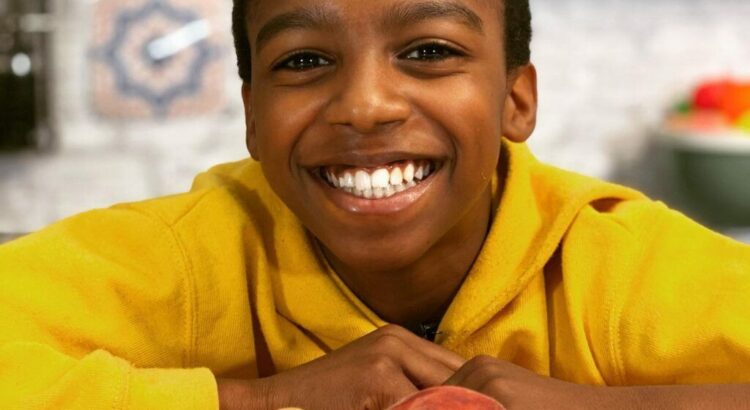


 The former television host Lauren Toyota is today a Famous YouTuber and a known name in the vegan culinary world. After having authored two vegan cookbooks in the past, Lauren is back with a new cookbook this year.
The former television host Lauren Toyota is today a Famous YouTuber and a known name in the vegan culinary world. After having authored two vegan cookbooks in the past, Lauren is back with a new cookbook this year.



 How can we create more awareness to traditional Indian cookware that is also instrumental to the unique taste of Indian cuisine apart from the spices?
How can we create more awareness to traditional Indian cookware that is also instrumental to the unique taste of Indian cuisine apart from the spices?







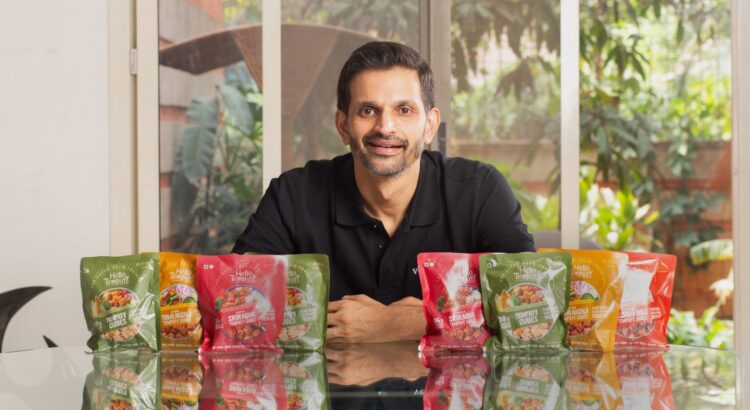







 The fame of all these traditional and nutritional Gujarati dishes is not only limited to the Gujarati diaspora but is widely enjoyed beyond the national borders also. From traditional Sciences to modern Sciences, from households to medical centers, the golden spice is undeniably having a ‘panacea moment’ everywhere!
The fame of all these traditional and nutritional Gujarati dishes is not only limited to the Gujarati diaspora but is widely enjoyed beyond the national borders also. From traditional Sciences to modern Sciences, from households to medical centers, the golden spice is undeniably having a ‘panacea moment’ everywhere!